Minimum Energy Efficiency Standards for Residential Landlords
Written by
The Minimum Energy Efficiency Standard Regulations (MEES Regulations) came into force in April 2018 aimed at encouraging landlords of residential and commercial property to improve the energy efficiency of their properties.
The MEES Regulations include provisions restricting the grant of new leases and the continuation of existing leases of “substandard” properties (properties with an Energy Performance Cerificate (EPC) rating of below E).
Key dates and provisions
The introduction of the MEES Regulations on 11 April 2018 made it unlawful to grant a new lease of a substandard residential property with an EPC of below E unless an appropriate exemption applies and the exemption is registered.
The obligations for residential landlords will increase on 1 April 2020 after which it will become unlawful to continue to let a residential property with an EPC of below E unless an appropriate exemption applies and the exemption is registered. This is a full three years before a similar provision will apply to commercial properties.
Residential lettings within MEES
The MEES Regulations apply to “domestic private rented property” this includes properties let under an assured tenancy (including an assured shorthold tenancy) (AST), regulated tenancy, and certain forms of agricultural tenancy but excludes lettings by social landlords.
Whilst many residential lettings are ASTs, and therefore within the scope of the MEES Regulations, the criteria for what is, and is not, an AST is strict. For a tenancy to be an AST, the rent must be within the AST thresholds (more than £250 pa (£1,000 pa if within London) and less than £100,000 pa), the tenant must be an individual or individuals (not a company) and must use the property as its only or principal residence. Lettings of residential property to corporate tenants and lettings that do not fall within the rental thresholds outlined above are not, therefore, capable of being an AST and the MEES Regulations will not apply to such lettings.
There is no upper or lower limit on the length of lease term for the application of the MEES Regulations to residential properties. Accordingly, the MEES Regulations may apply to residential leases granted on payment of a premium and for a significant term provided the criteria for an AST outlined above is met. It is also possible for a letting to fall in and out of AST status depending on the rent payable and the nature of occupation by the tenant.
Residential lettings outside of MEES
A limited number of residential transactions including temporary buildings and holiday lets do not require an EPC and are therefore excluded from the MEES Regulations. The position regarding the application of the MEES Regulations to listed buildings remains unclear.
The MEES Regulations only apply to properties with a valid EPC. The grant of a new lease will usually trigger the requirement to provide a new or existing valid EPC and the MEES Regulations will therefore apply to most new lettings.
It is possible that come the introduction of the restrictions on continuing to let on 1 April 2020, a small number of residential leases will be in place, the grant of which predated the requirement to provide an EPC. These leases will fall outside of the MEES Regulations until a new lease is granted, triggering the requirement to provide an EPC.
Multi-let and mixed-use properties
Residential lettings within a multi-let or mixed-use scheme may present particular problems, as there may be multiple EPCs covering parts of the building providing varying EPC ratings. In this situation, it will be necessary to identify the correct EPC for the property that is to be let to the residential tenant. A letting of a self-contained flat will usually have its own EPC and therefore fall within the residential MEES regime (assuming it is let on an AST) whereas a single letting of the whole of a block of residential flats will usually fall within the commercial MEES regime.
Required improvement works and costs cap
The MEES Regulations were revised with effect from April 2019, by the removal of the “no cost to landlord” exemption that had previously applied to residential properties. Residential landlords intending to let (or continue to let after 2020) are now required to undertake improvement works to bring the EPC rating of a substandard property up to E (or above), subject to a costs cap of £3,500 (inclusive of VAT) per property (or register an appropriate exemption).
Exemptions
It may be possible to claim an exemption under the MEES Regulations in the following circumstances:
All relevant improvements made exemption: Where the EPC for a property remains below E after relevant improvements have been made up to the £3,500 costs cap or where there are no such improvements that can be made.
High-cost exemption: Where no relevant improvement can be made because the costs of installing even the cheapest recommended measure would exceed the £3,500 cost cap.
Wall insulation exemption: Where the only relevant improvements are cavity wall insulation, external wall insulation, or internal wall insulation (for external walls) and such measures would negatively impact on the fabric or structure of the building.
Consent exemption: Where the relevant improvements for the substandard property require consent from a third party (such as a superior landlord, mortgagee, planning authority, or a tenant), and such consent cannot be obtained despite the landlord’s reasonable efforts to obtain it.
Devaluation exemption: Where the relevant improvements would decrease the market value of the property by more than 5%.
New landlord exemption: Where a landlord is required to grant a new lease of a sub-standard property pursuant to an agreement for lease, or court order.
Registration and validity of exemptions
All exemptions must be applied for and registered on the PRS Exemption Register and must be accompanied by the appropriate supporting documents.
With the exception of the new landlord exemption (which applies for 6 months), the exemptions listed above will apply for 5 years, after which the landlord will be required to try to improve the EPC rating or apply for and register a further exemption.
Exemptions will not pass to a new owner on the sale of the property. If a let property with a sub-standard EPC rating is sold with an exemption in place, the new owner will need to take steps to improve the EPC rating or register its own new exemption within 6 months of the purchase.
Potential penalties
New leases of residential property granted or continued to be let in breach of MEES will remain valid. However, landlords that let or come 2020 continue to let residential properties in breach of MEES may face a “publication penalty” and a fine of up to £5,000 per property per breach.
Steps for compliance
Landlords should continue to take appropriate steps to identify residential properties within their portfolio that have an EPC rating of less than E and are therefore substandard for the purpose of the MEES Regulations.
New leases: If a substandard property is intended to be let, on a new tenancy within the scope of MEES, appropriate steps should be taken to improve the EPC for the property or register an exemption (as appropriate) before the tenancy is granted.
Continuing to let: If a substandard property is already let, on an existing tenancy that will continue beyond 1 April 2020 within the scope of MEES, appropriate steps should be taken to ascertain the works required to improve the EPC for the property or to prepare to register an exemption (as appropriate) in advance of 1 April 2020.

